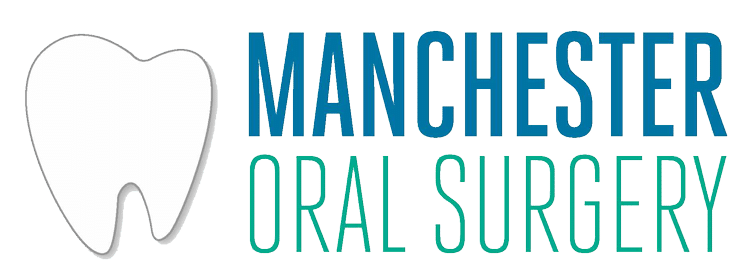Jaw Bone Grafting in Manchester
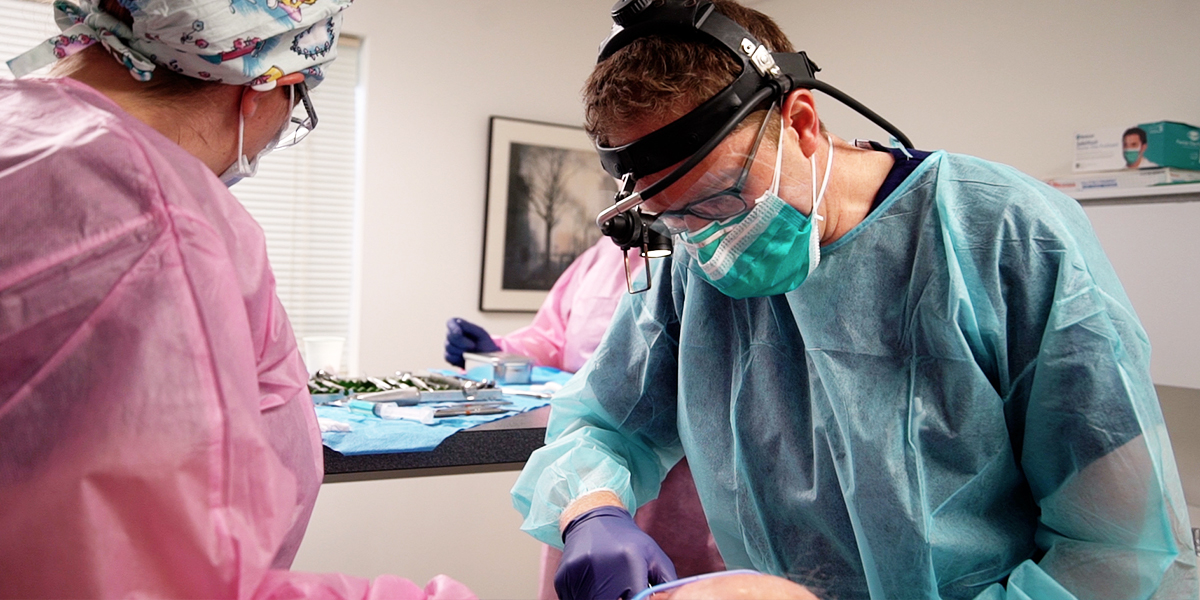
Manchester Oral Surgery provides bone grafting in Manchester, NH. Call 603-622-9441 to learn more or to schedule an appointment.
What Are Bone Grafts?
Bone grafting is when either a patient’s bone, donated bone, or a bone substitute is used to augment the bone mass in a particular part of the body. The most common reason Dr. Abel uses bone grafts is to rebuild your jawbone to support dental implants. After gum disease or tooth loss, the jawbone begins to deteriorate through a process called resorption. In the case of gum disease, bacterial invasion leads to bone resorption. After tooth loss, your body receives signals that the jawbone is no longer needed to support teeth, so the bone is then resorbed to transport minerals to other parts of the body where they are needed. Over time, jawbone loss can cause a prematurely aged appearance and weakened bite.
Bone grafting is a meticulous procedure that involves placing the graft material directly into the jaw, where the bone needs to be rebuilt or preserved. When necessary, Dr. Abel will support the bone graft to hold it in place, and a dissolvable membrane will protect the area.
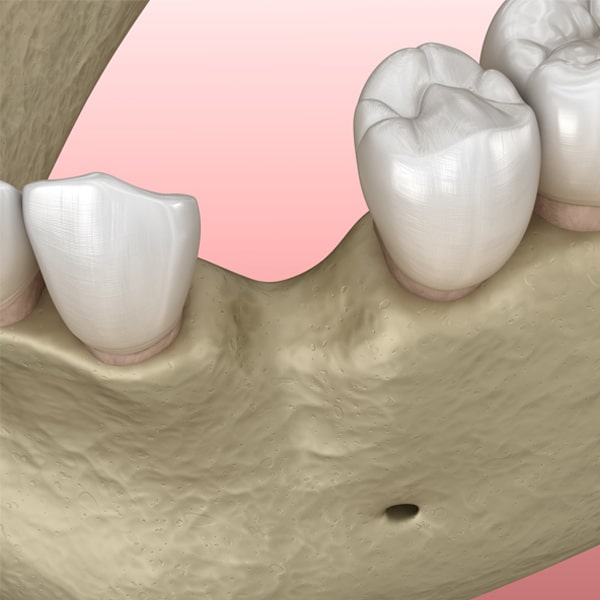
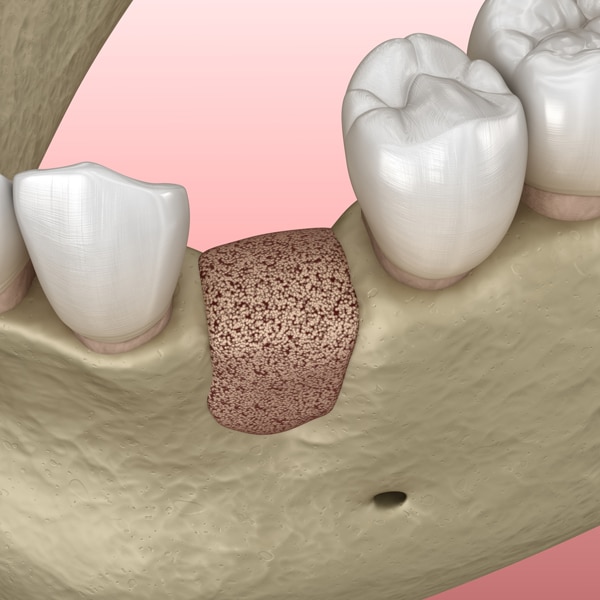
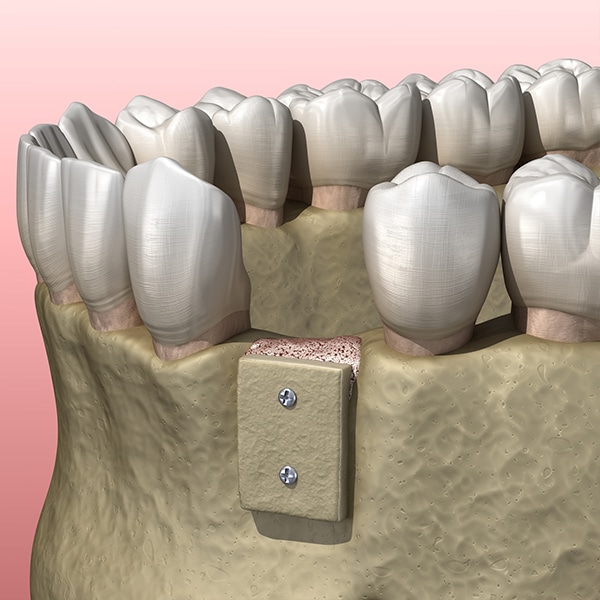
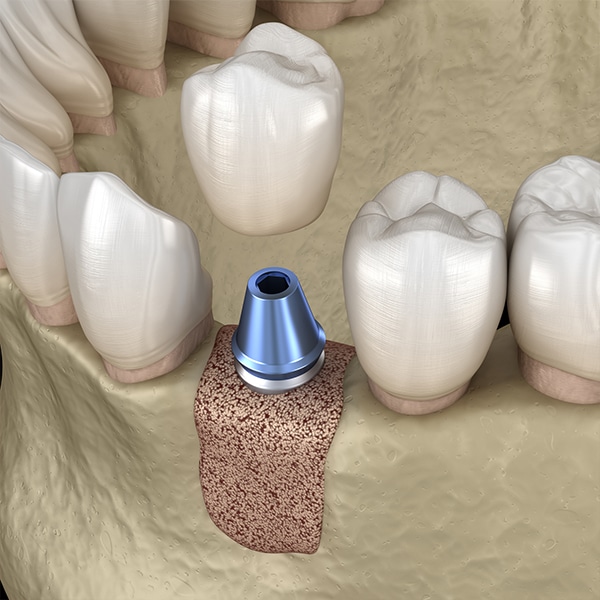
Benefits of Bone Grafting
There are reasons to undergo bone grafting in the mouth. These include:
- Preserving bone mass after a tooth extraction
- Rebuilding jawbone to support dental implants
Are You a Good Candidate for Bone Grafting?
You are a good candidate for bone grafting if you’re a good candidate for dental implants but do not have the jawbone mass needed to support them.
Why Choose Manchester Oral Surgery?
Dr. Abel uses advanced techniques and technology to minimize complications and ensure a successful outcome. Here’s why patients choose our practice:
- Platelet Rich Fibrin (PRF) application to enhance bone regeneration
- State-of-the-art 3D imaging to assess the results of bone grafting before implant surgery
- Dr. Abel is a Board-Certified Diplomate of the American Board of Oral and Maxillofacial Surgery and a Fellow of the American Association of Oral and Maxillofacial Surgeons
- Manchester Oral Surgery is consistently named in New Hampshire Magazine’s Top Dentists edition for Oral & Maxillofacial Surgery
- Our highly-trained, kind and compassionate care team all work together to guide your treatment
- Individualized, professional, patient-centered care
Types of Bone Grafts
Bone Preservation
Whenever a patient loses a tooth, one of the ways commonly used to replace the lost tooth is a dental implant that will act as an artificial tooth root. From a surgical point of view, a dental implant requires an adequate volume of bony height, width, and length to place and stabilize the dental implant. In certain cases, extraction of the tooth and surgical placement of the dental implant can be performed simultaneously, as long as there is enough bone to hold the implant without any mobility.
Because this is not always possible, bone preservation grafting is sometimes performed simultaneously with a tooth extraction. This procedure helps ensure that there will be an adequate volume of bone to place and stabilize an implant at a later time. Bone preservation is a relatively easy procedure that involves filling the empty tooth socket with bone graft material and then covering the area.
Bone Augmentation
When teeth have been missing for an extended period of time, significant loss of bone volume (also known as resorption) can occur. These situations lead to a thin bony ridge that has an inadequate amount of horizontal bone width to place and maintain dental implants.
In these situations, bone augmentation grafting is necessary. This consists of augmenting or adding bone graft material to the horizontally deficient site to make up for what has been lost in the way of bony width. Once the graft has been placed, Dr. Abel may add supportive "tenting screws," or the graft area may be covered by a titanium mesh, titanium-reinforced membrane, or a dissolvable membrane. These membranes aid in securing bone graft where it has been placed, as well as in separating blood supply from the overlying soft tissue.
After several months, the membranes either dissolve or are removed, and the bone grafts often become part of the jawbone to which they were added. A confirmation x-ray is usually taken to ensure the bone graft has adequately healed before the patient is scheduled to return for surgical placement of dental implants.
Sinus Lift
A sinus lift, also sometimes referred to as sinus augmentation, is performed when there is a need to increase the amount of bone structure in the molar and/or pre-molar section of the upper jawbone. This surgery is usually performed for the purpose of supporting a dental implant, which can be placed once the bone has healed and shows sufficient density and mass to support the implants. The sinus graft makes it possible for many patients to have dental implants when, years ago, there was no other option other than wearing loose dentures. Learn More about Sinus Lifts
Sinus Lift Bone Graft
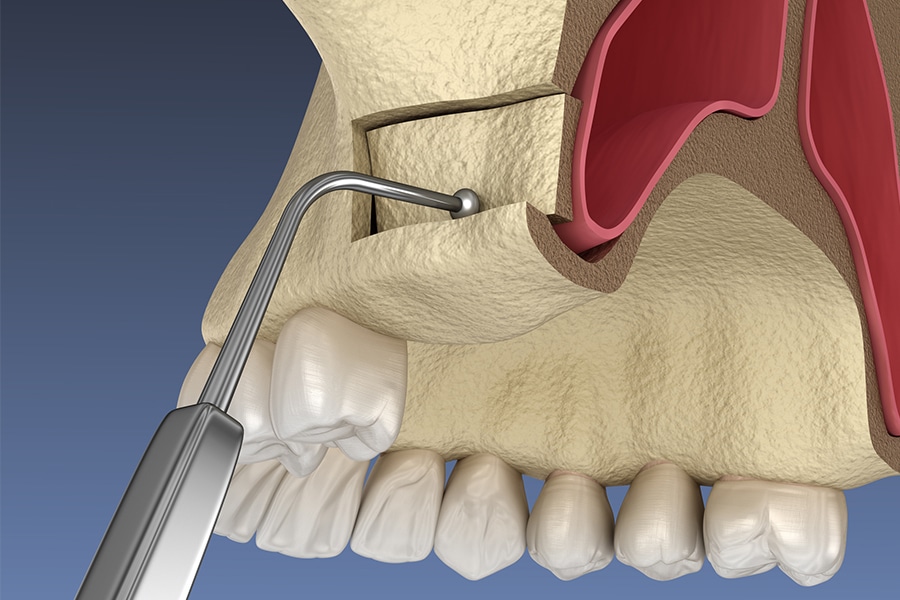
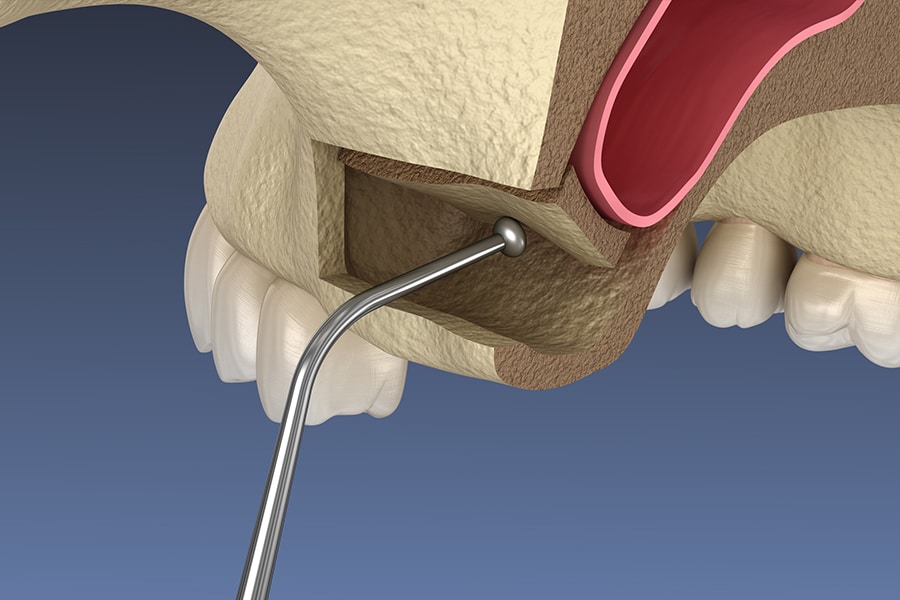
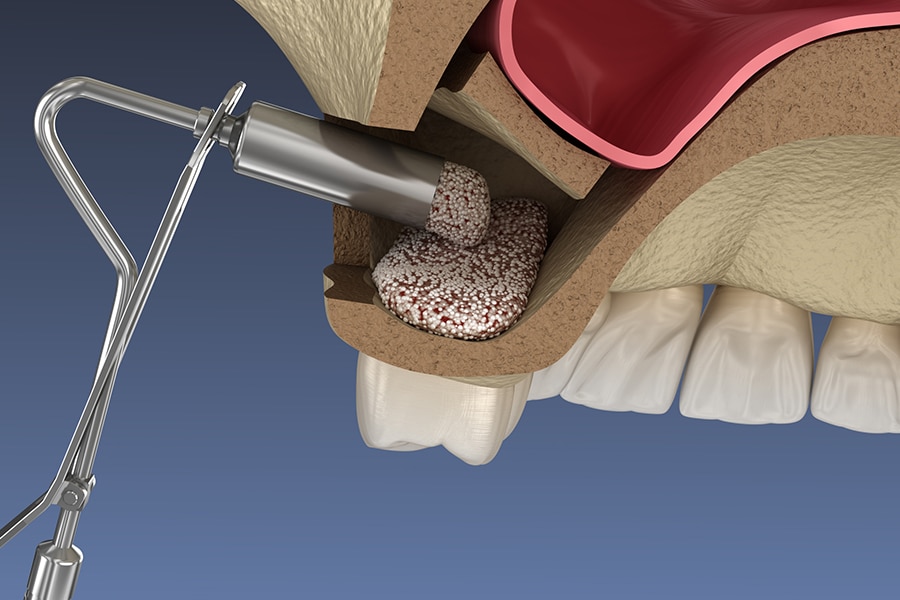
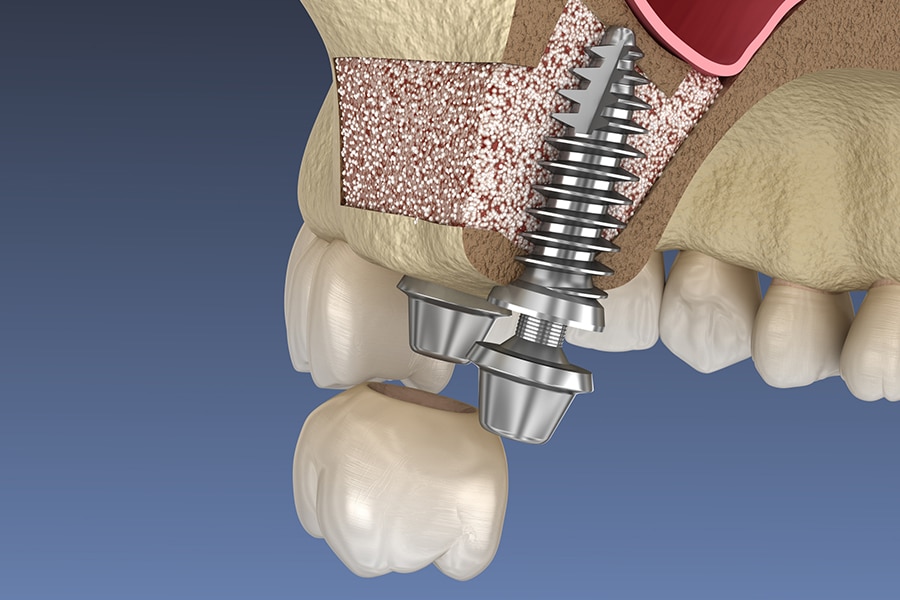
FAQS
Can I get a dental implant without a bone graft?
Yes, if you haven’t experienced bone loss, you can get a dental implant without a bone graft. Some alternative dental implant procedures require less bone support.
Is a bone grafting procedure painful?
No, a bone grafting procedure is not painful. The area where we’re working will be numbed with local anesthesia to ensure your comfort. It’s common to feel discomfort after your procedure, but we will provide you with instructions for managing this.
Is bone grafting a major surgery?
There are types of bone grafts considered major surgery, but the bone grafting needed for dental implants is often an outpatient procedure performed right in our office.
Can my body reject a bone graft?
Failure or rejection of bone grafting material is rare and often related to infection. Antibiotics will be prescribed in conjunction with your bone grafting procedure to minimize this risk.
Am I put to sleep for a bone graft?
If you’d like to have IV sedation or another form of sedation for your bone grafting procedure, let us know before your appointment.
Call 603-622-9441 to schedule an appointment
